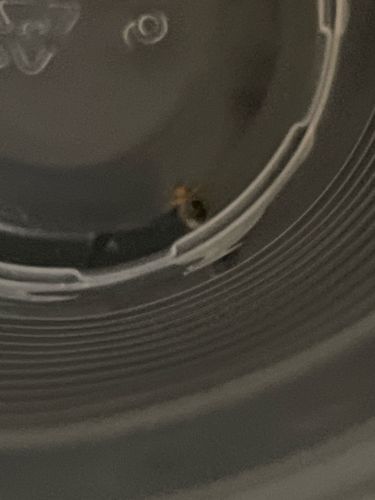Ant
Scientific Name: Formicidae
Order & Family: Hymenoptera, Formicidae
Size: Typically 2-25 mm, depending on the species.

Natural Habitat
Ants can be found in almost all terrestrial habitats, from forests to deserts, and often invade human structures looking for food or shelter.
Diet & Feeding
Highly varied; many are omnivorous, feeding on nectar, seeds, fungi, or insects. Some species specialize in certain types of food.
Behavior Patterns
Ants are social insects living in colonies that can range from a few dozen to millions of individuals. They exhibit complex social behaviors including division of labor, communication through chemical signals (pheromones), and sophisticated nest building. They forage for food, protect their queen and young, and defend their territory.
Risks & Benefits
Risks: Some species can bite or sting (e.g., fire ants), causing pain and allergic reactions. Certain species can be pests, damaging property or contaminating food. Benefits: Ants play crucial roles in ecosystems, including soil aeration, seed dispersal, nutrient cycling, and preying on other insects, which can help control pest populations.
Identified on: 9/13/2025